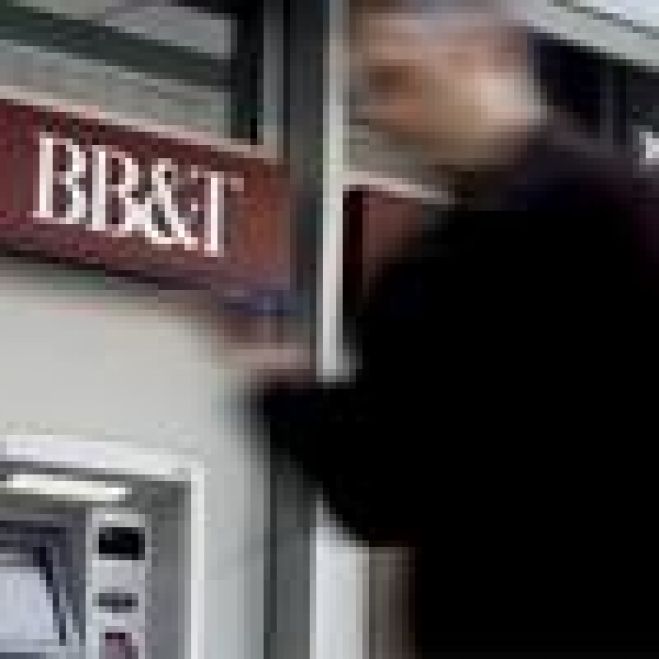Haslam on Hagerty's departure, finding a replacement and VW's union developments
Bloomberg, Jeff Kowalsky Tennessee Gov. Bill Haslam Scott Harrison[1] Staff Reporter- Nashville Business Journal Email[2] | Twitter[3] Gov. Bill Haslam[4] said Friday his economic development chief Bill Hagerty[5] stayed in the cabinet longer than the governor originally expected, telling reporters it will be hard to find a replacement."When I first asked Bill if he would come, I asked him [to] promise me two years. And quite frankly, to serve four was great," Haslam told reporters after his keynote address at the annual Governor's Conference on Economic and Community Development. "[Hagerty] wants to get back to private business. For him, it was just a personal decision. [He has] a lot of young kids at home and wants to be back in the business world."Haslam didn't indicate a replacement for Hagerty, who announced his decision Wednesday to step down as commissioner[6] of the state's Department of Economic and Community Development. The governor said he's looking for a new commissioner for when Hagerty leaves in January. "The key thing is you start with somebody who can organize a coherent strategy for business recruitment for Tennessee," Haslam said of finding a replacement. "Number two, somebody who can go out and deliver on that. Bill's really good about those; he's very strategic and he's tactical. Most people are one or the other."On whether it will be difficult to find a replacement, Haslam said, "I think so."Hagerty's decision to step down came on the heels of Bridgestone Americas' announcement Tuesday to move its headquarters to downtown Nashville[7], bringing more than 600 new jobs as the tire maker consolidates multiple out-of-state business operations.Then on Thursday, Education Department Commissioner Kevin Huffman[8] also said he will leave Haslam's administration[9]. Haslam said Friday he wanted Huffman to stay on, adding it wasn't "appropriate to talk about successors at this point."…
Read more...















